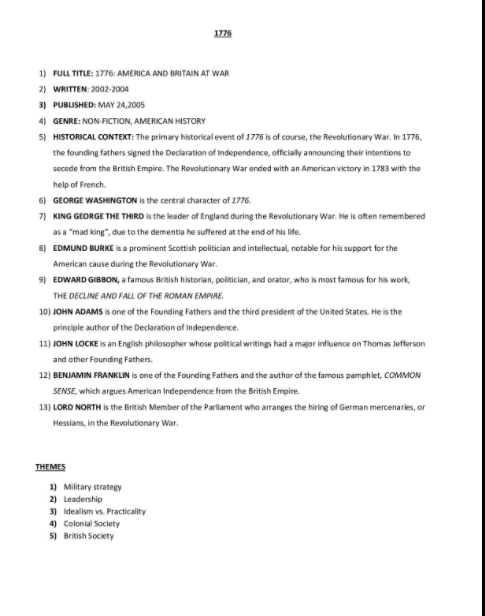THE LITERARY CANON: AN OVERVIEW

THE LITERARY CANON: AN OVERVIEW Defining canon? The word canon comes from the Greek word Kanon, meaning a measuring rod or standard. Now, the literary works that have achieved the status of classics, i.e of lasting quality and timeless worth are clubbed under the literary canon. Oh! What's classics? Classics are an outstanding example of timeless worth and lasting quality. It was first used by the 2nd-century Roman writer Aulus Gellius. It is said that Aulus in the miscellany Noctes Atticae place writers as classics scriptor , non preletarius ( " A distinguished, not a commonplace writer"). Now, this kind of classification began with the Greeks! The ranking of their cultural works appeared with the word canon. A canon could be a body of work representing high culture: be it literature, music or philosophy. Now, in literature, if you ask, we have influential works from every continent. Continent, you say! Well, some classics precede the coinage of the word 'con...



